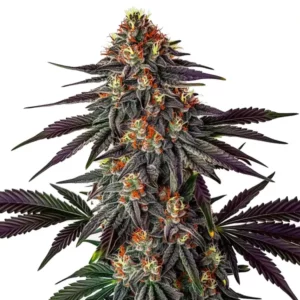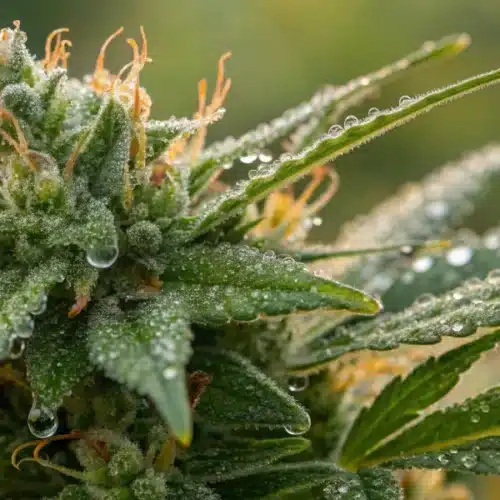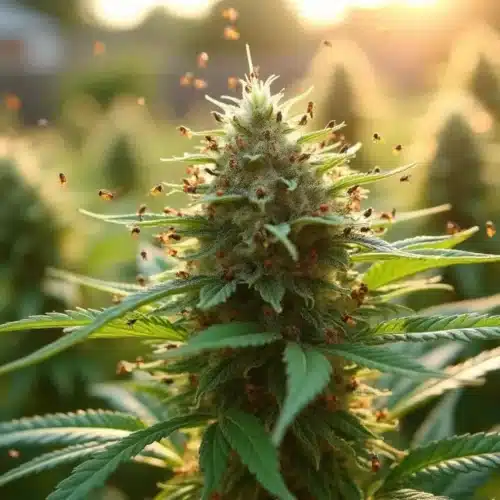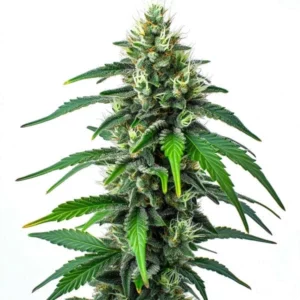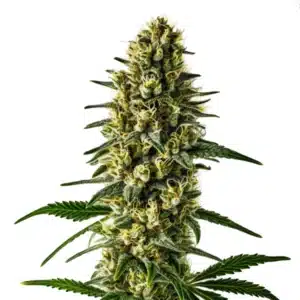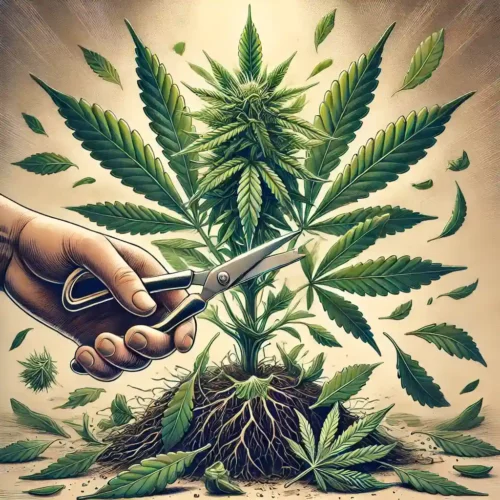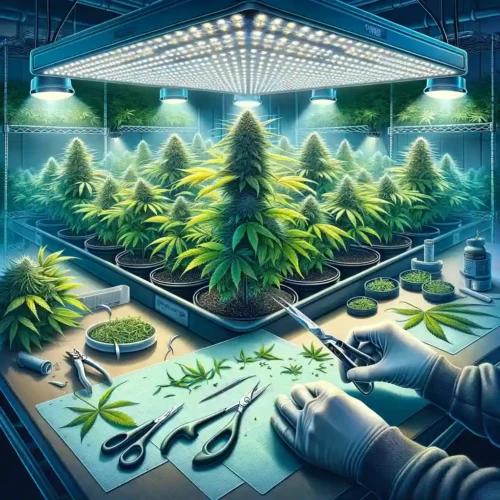What is Defoliation in Cannabis Cultivation?
Definition and Purpose
Defoliation in cannabis cultivation refers to the intentional removal of leaves from the plant to optimize growth conditions during the flowering stage. This practice is often debated among growers due to its impact on plant health and yield. The primary purpose of defoliation is to improve light penetration and airflow within the plant canopy. By removing unnecessary foliage, cultivators aim to redirect the plant’s energy towards bud development and increase overall yield.
In addition to enhancing light access, defoliation helps in managing the plant’s microclimate. Dense foliage can create a humid environment favorable for pests and diseases. By strategically removing leaves, growers can minimize these risks and promote a healthier growing environment. Despite its benefits, defoliation requires a careful approach. Understanding the plant’s response to leaf removal and timing the process correctly is essential for achieving optimal results.
Timing of Defoliation
Timing is crucial when it comes to defoliation in cannabis flowering. Typically, defoliation is performed during the vegetative stage and early flowering phase. This ensures that the plant has ample time to recover and focus its energy on developing buds. Early defoliation allows the plant to acclimate to the changes, reducing the risk of stress-induced issues.
During the flowering stage, growers should be cautious about when and how much foliage to remove. Over-defoliation can lead to reduced photosynthesis and hinder plant growth. To avoid adverse effects, it’s recommended to defoliate in stages, removing a small number of leaves at a time. This gradual approach helps the plant adjust to changes without compromising its health. Monitoring the plant’s response post-defoliation is also important to ensure it continues to thrive.
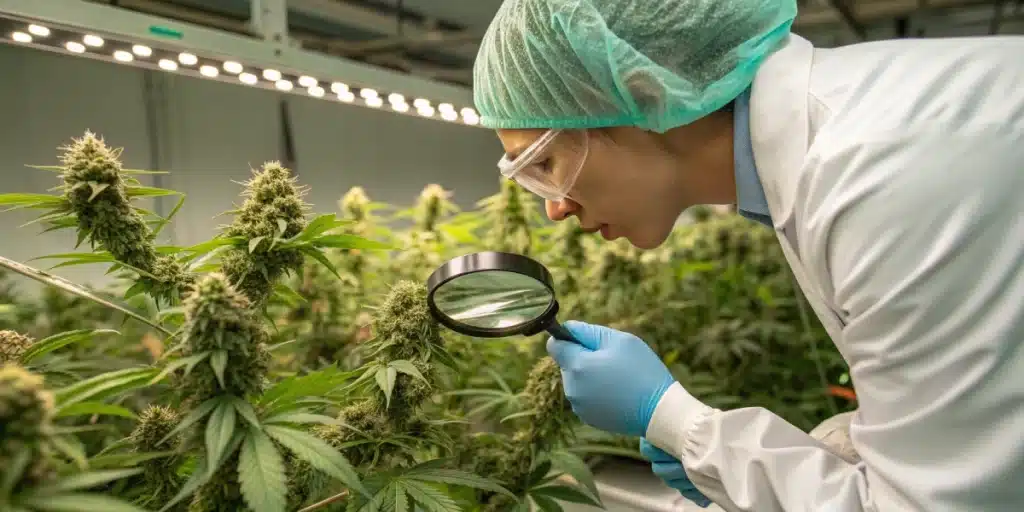
Promos & Deals
Techniques and Methods for Defoliation
Manual Removal of Leaves
Manual removal of leaves is the most common technique used in cannabis defoliation during flowering. This hands-on approach allows growers to carefully select which leaves to remove, focusing on those that obstruct light penetration or airflow. When manually defoliating, it’s important to use clean, sharp scissors or pruning shears to avoid damaging the plant. Target larger fan leaves that overshadow bud sites, as these can hinder light exposure and slow bud development.
While manual defoliation is effective, it requires a keen eye and understanding of the plant’s structure. Growers should aim to maintain a balance, removing enough foliage to improve light and air circulation without stripping the plant bare. It’s also advisable to perform defoliation during the plant’s dark cycle, when it’s less likely to experience stress. This ensures a smoother recovery, allowing the plant to continue growing robustly.
Strategic Defoliation Practices
Strategic defoliation practices involve a more calculated approach to removing leaves, ensuring that only necessary foliage is removed. This method often combines manual removal with other techniques, such as lollipopping and schwazzing. Lollipopping involves removing lower, non-productive branches and leaves, allowing the plant to focus its energy on the upper canopy where light is more abundant. Schwazzing, on the other hand, is a more aggressive form of defoliation performed at specific times during the flowering stage.
These strategic practices aim to maximize yield and bud quality by creating an optimal environment for growth. However, they require experience and precision to execute effectively. Growers should familiarize themselves with their plants’ needs and growth patterns before attempting strategic defoliation. By doing so, they can ensure that their efforts lead to healthier plants and more bountiful harvests.
Benefits and Considerations of Defoliation
Improved Light Penetration
One of the primary benefits of cannabis defoliation in flowering is improved light penetration. By removing excess leaves, growers can ensure that light reaches the lower parts of the plant, promoting even growth and development. This is particularly important during the flowering stage, when buds require ample light to develop fully. Enhanced light penetration can lead to larger, denser buds and overall higher yields.
However, it’s important for growers to consider the plant’s light needs and balance defoliation accordingly. Removing too many leaves can reduce the plant’s ability to photosynthesize, potentially stunting growth. Therefore, growers should aim to remove leaves strategically, focusing on those that block light from reaching crucial bud sites. Regularly assessing the plant’s light exposure and adjusting defoliation practices as needed can help optimize growth and production.
Enhanced Airflow and Growth
Defoliation also contributes to enhanced airflow within the plant canopy, reducing the risk of mold and mildew. Dense foliage can trap moisture, creating a humid environment that encourages the growth of harmful pathogens. By removing excess leaves, growers can improve air circulation and maintain a healthier growing environment. This is especially important in indoor grows, where air movement can be limited.
In addition to promoting better airflow, defoliation can encourage more vigorous growth. By redirecting the plant’s energy from maintaining unnecessary foliage to developing buds, growers can achieve more robust plants and higher yields. However, it’s essential to monitor the plant’s response and adjust defoliation practices as needed. Over-defoliation can lead to stress and hinder growth, so finding the right balance is key to realizing the full benefits of this technique.
Managing Risks Associated with Defoliation
Avoiding Over-Defoliation
Avoiding over-defoliation is critical for maintaining plant health and optimizing growth. While defoliation can offer numerous benefits, removing too many leaves can have detrimental effects. Over-defoliation reduces the plant’s photosynthetic capacity, leading to stunted growth and lower yields. It can also increase the plant’s susceptibility to stress, making it more vulnerable to pests and diseases.
To prevent over-defoliation, growers should adopt a conservative approach, removing only the necessary foliage. It’s advisable to start with a small number of leaves and gradually increase as needed, monitoring the plant’s response throughout the process. By observing how the plant reacts to defoliation, growers can adjust their techniques to ensure they achieve the desired outcomes without compromising plant health.
Monitoring Plant Stress Levels
Monitoring plant stress levels is essential when practicing cannabis defoliation in flowering. Stress can manifest in various ways, including wilting, yellowing leaves, and slowed growth. To minimize stress, growers should ensure the plant is in good health before defoliation and provide optimal growing conditions throughout the process. This includes maintaining appropriate temperature, humidity, and nutrient levels.
Regularly assessing the plant’s condition post-defoliation can help identify any signs of stress early on. If the plant shows signs of distress, growers should adjust their defoliation practices and provide additional care as needed. By closely monitoring plant health and responding to its needs, growers can ensure their defoliation efforts lead to successful growth and bountiful harvests.
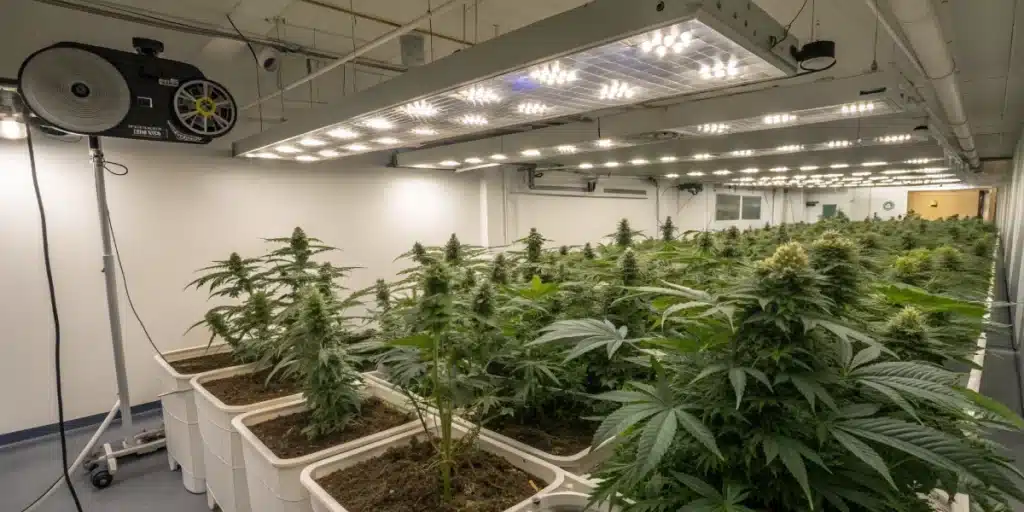
FAQs about Cannabis Defoliation in Flowering
When is the best time to defoliate?
The best time for cannabis defoliation in flowering is during the early flowering phase, after the plant has transitioned from the vegetative stage. This allows the plant to focus its energy on developing buds while minimizing the risk of stress. However, defoliation can also be performed during the vegetative stage to prepare the plant for flowering. Timing should be adjusted based on the specific strain and growing conditions to achieve optimal results.
How does defoliation improve bud quality?
Defoliation improves bud quality by enhancing light penetration and airflow, which are crucial for bud development. By removing excess leaves, light can reach lower bud sites, promoting even growth and larger, denser buds. Additionally, improved airflow reduces the risk of mold and mildew, ensuring healthier plants and higher-quality harvests. Strategic defoliation can lead to more potent and visually appealing buds.
What are the risks of over-defoliation?
Over-defoliation poses several risks, including reduced photosynthesis, stunted growth, and increased susceptibility to stress. Removing too many leaves can hinder the plant’s ability to produce energy, leading to lower yields and weaker plants. Over-defoliation can also make plants more vulnerable to pests and diseases. To mitigate these risks, growers should adopt a conservative approach and carefully monitor plant health throughout the defoliation process.

